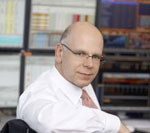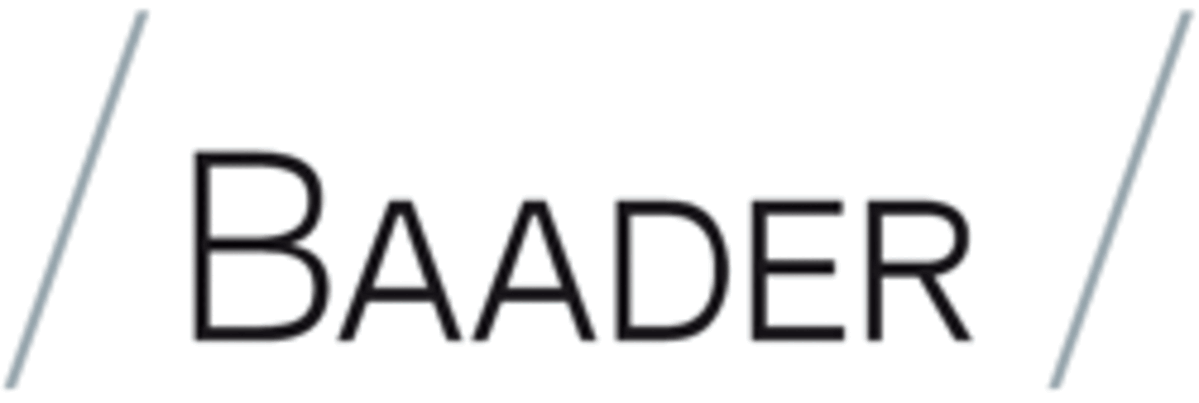
At last Wednesday's press conference, the new Federal Reserve chairman, Jerome Powell, announced what had already been priced in by markets ahead of the two-day meeting, namely the sixth interest rate hike since December 2015. This 25 bps adjustment of the corridor to 1.50% to 1.75% is a continuation of the monetary policy of Janet Yellen who was the previous chairwoman of the Fed. Therefore, although one can’t say that he made a bold new move, he will soon have an opportunity to leave his mark on future central bank policy.
The chair of the US central bank who is appointed for four years has the task of defining a framework that will guide the US economy on the right path. And this task is most certainly not a reason to envy him! Because in the era of President Donald Trump, who is good for at least one surprise every day, his job is to play the role of a reliable monetary policy partner –immensely important for financial markets – together with the other Board members. This is why special attention was given to the growth projections yesterday evening, because at the last presentation of the Summary of Economic Projections (SEP) in December 2017 subjects such as trade war, tax reform or debt ceiling were not – or only partially – taken into account.
During the following Q&A session explaining the unanimous FOMC decision, it became clear that it was still too early to raise the projections to four interest rate hikes in 2018, and therefore, only three hikes were indicated for 2018 and 2019. There is still enough time for carrying out the three interest rate hikes already mentioned, therefore, it is possible to wait and see how economic and political developments turn out. Because the uncertainty resulting from the looming trade war between the US and China and other trade partners is simply still too high. At present, it seems as if the European partners would be willing to give up in order to avoid an escalation. However, there are doubts about whether China – who is the largest creditor of the US – will take the same course, considering that China has already once threatened to sell off US government bonds. Should China play this card, it would influence the further interest rate policy of the US Fed. Especially in the light of the extremely flat interest rate curve in the 2- to 10-year segment (currently 0.57 bps) that would most certainly fail to withstand the massive sell-off pressure in anticipation of further interest rate hikes. A steepening of the curve would be the logical consequence forcing the US central bank to take countermeasures. Given the enormous mountain of debt and the tax reliefs granted by the US government, even the US central bank would not be interested in a rapid rise of interest rates at the long end. There is news to report regarding two topics in this context. First, China’s central bank raised the so-called reverse repo rate from 2.50% to 2.55%, and second, the US Congress reached agreement on an interim solution for the US budget dispute.
Therefore, there are still enough possibilities for the new Fed chair to achieve prominence and leave his mark.
Author:
Klaus Stopp
Head of Market Making Bonds
Baader Bank Aktiengesellschaft
22 March 2018
 |
Note
Wiener Börse AG would explicitly like to point out that the data and calculations given in this report are historic values, which do not permit any conclusions as regards future developments or value stability. Price fluctuations and loss of capital are possible in securities trading. The contribution is the personal opinion of the analyst and does not constitute a financial analysis or a recommendation for investment by the exchange operating company, Wiener Börse AG.
